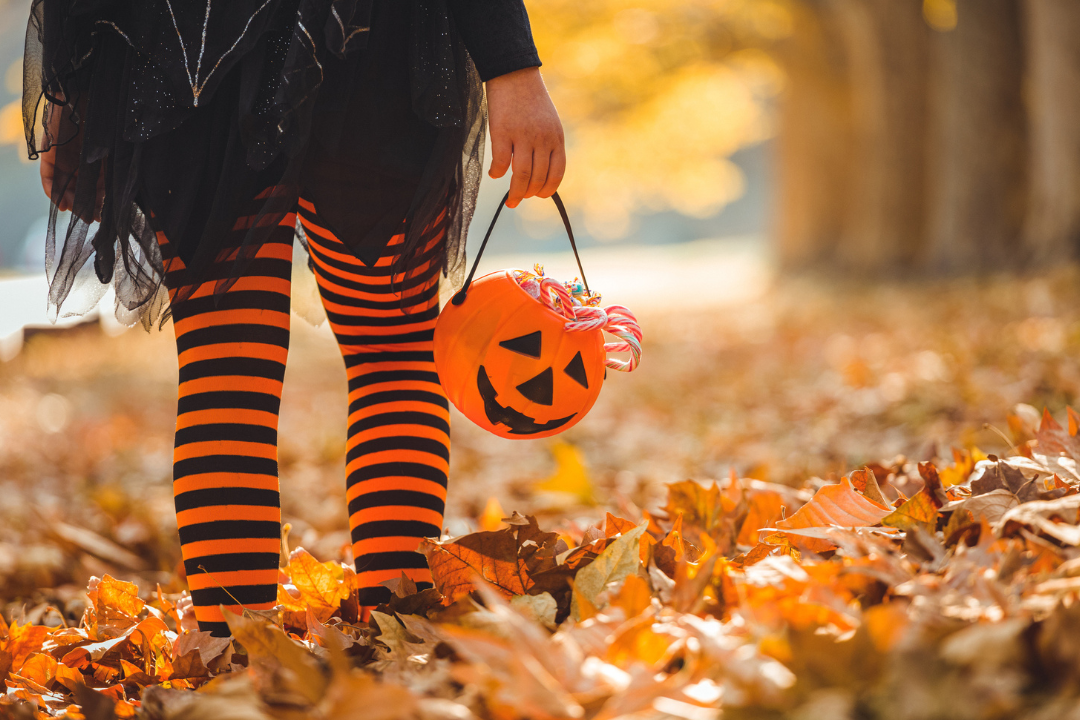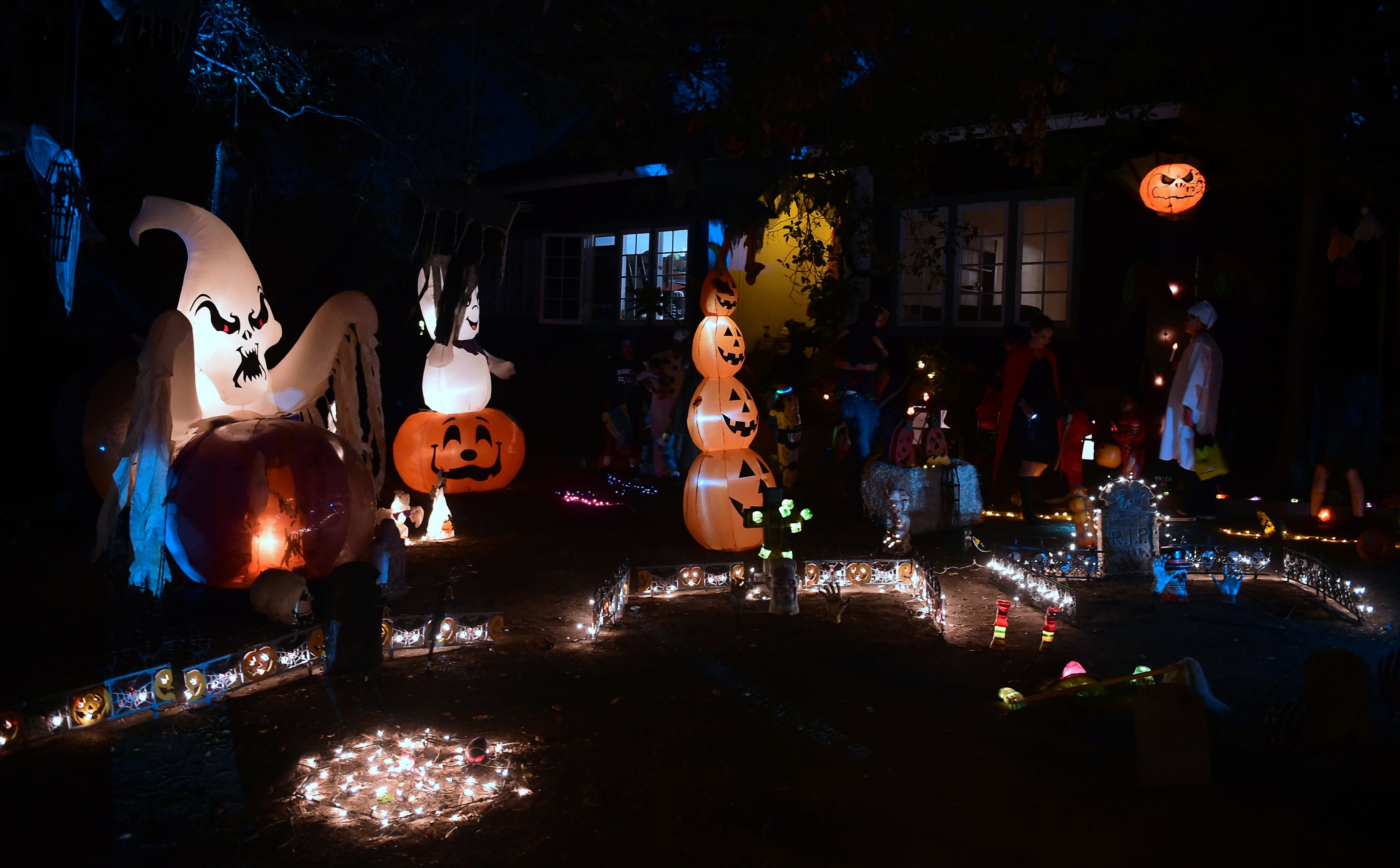Halloween is a chance for kids and adults alike to play dress up, be silly, and eat candy to their heart’s content (and then some). There are parties, costume contests, and loads of free treats to be consumed.
Sadly, in 2025, Halloween is also another chance for a seemingly innocent event to go awry. Earlier this month, parents reported finding needles hidden in candy that had been thrown to children at a homecoming parade in Santa Fe, Texas, underscoring the need for safety this Halloween.
So how do you keep your kids safe while letting them have some fun (and allowing yourself to a chocolate-fueled trip down memory lane)?
Licensed clinical social worker Kelley Kitley says boundary-setting is key.
“Talk to your kids before the holiday so they (and you) can plan accordingly,” she says. “For example, if your child is seven and they think they get to eat all the candy that night, make sure you let them know how much candy they can have that day.”
.jpg)
To that end, it’s also important for parents to impress upon their children the need to carefully sift through candy before digging in.
“Discuss the importance of checking with an adult before eating candy, don’t eat anything unwrapped, and sorting through candy once home with a parent,” Kitley advised.
Devon Kuntzman, an ICF-certified coach with a degree in psychology, added: “You want to inspect your child’s candy for choking hazards, as young children are more likely to choke on hard candies.”
Kuntzman, author of the new book Transforming Toddlerhood, offered up additional safety tips for parents of little kids.
“When it comes to safety for Halloween the main focus should be on visibility. Kids are 2-3 times more likely to be hit by a car on Halloween than other nights so making sure your child is visible is extremely important,” Kuntzman said. Research, published in the Journal of the American Medical Association, found the risk of pedestrian fatalities is 43 percent higher on Halloween.
“You can use reflective tape, glow sticks, headlamps and flashing wrist bands,” she said. “Also, consider putting battery-powered LED lights on your stroller if you are bringing one along. You can also pin an Air Tag inside your child’s costume so you can easily locate your child if you accidentally get separated.”

Kuntzman noted that toddlers usually don’t have a frame of reference for Halloween, so it’s important for parents to go over what will happen so kids know what to expect.
“Do a few practice runs,” she recommended. “Practice putting on their costume, walking up to a friend’s house and saying ‘trick or treat’ and ‘thank you.’
“Also, feed your child a high-protein dinner before trick or treating to prevent sugar crashes and hangry meltdowns. This is key!”
Meanwhile, Kitley offered advice for parents of middle and high school-aged children, especially those anxious about letting their teens go trick-or-treating alone for the first time.
“Put a curfew in place and discuss safety around being self-aware about suspicious activity and not creating chaos around younger kids in neighborhoods,” she suggested.
“High school kids like to participate too, especially because it’s on a Friday! This is an opportunity to discuss potential substances they may be offered,” she said, adding that conversations should be had about drinking and driving if they’re attending parties further afield.

“Ask for a text message check-in throughout the night and offer to pick up anywhere, anytime,” she added.
Regardless of age, Kitley and Kuntzman both agree that Halloween should be fun for all involved.
“Keep expectations realistic,” Kuntzman advised. “Some kids might go to two houses and then be too tired to go on. Others might be afraid of decorations and other people’s costumes. Your child might refuse to wear their costume. These are all developmentally normal reactions – not your child being bad. Don’t be thrown off by big emotions. The key to having fun is to be flexible.”
“It’s a right of passage, allow them the opportunity,” Kitley said, advising parents not to “project your own anxiety onto them.”

.jpg?trim=0,0,0,0&width=1200&height=800&crop=1200:800)



